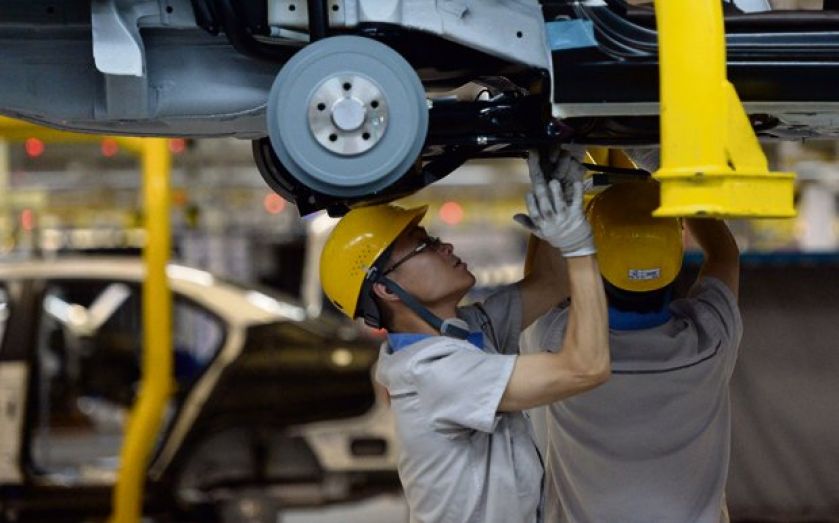As the World Bank cuts its GDP forecasts for China, is the country’s growth story ending?

Craig Botham, emerging markets economist at Schroders, says Yes.
The investment-led, credit-fuelled model that generated double digit growth is gone, and it’s not coming back.
The economic stresses caused by annual credit growth of 30 to 40 per cent, and a 47 per cent share of investment in GDP, are well-documented and recognised – even by the government.
Credit growth is now being slowed but remains above nominal GDP growth, so indebtedness is growing – an ever-larger barnacle exerting drag on the economic ship.
Meanwhile, this credit squeeze is hitting investment growth, without prompting a burst of counterbalancing consumer activity.
While all part of an attempt to rebalance towards consumption, it’ll mean years of slower growth.
And once we reach the grail of a consumer-driven economy? Don’t expect a return to double digit growth. Wage growth is unlikely to support it when company profit growth is slowing.
The one positive is that the rebalancing should mean growth is more sustainable, if slower.
Mark Williams, chief Asia economist at Capital Economics, says No.
China’s slowdown has wrong-footed plenty of forecasters over the past few years, but current GDP growth of 7 per cent or so still makes it the envy of most of the world.
It also still compares well with the best-performing emerging markets of the past.
When Japan was at China’s stage of development, with average incomes one eighth those of the US, it was growing at 7 per cent. Taiwan and Korea also managed 7 per cent at this point in their development.
And China’s contribution to global growth is larger now than it was when its GDP growth peaked at 14 per cent in 2007, because its economy is so much bigger.
There are no guarantees that China’s run of success will continue – its dependence on credit and on investment in property is worrying.
But it’s not on the brink of collapse. And unlike in the other Bric economies that are struggling with structural problems, its policymakers are belatedly acting to address these economic weaknesses.